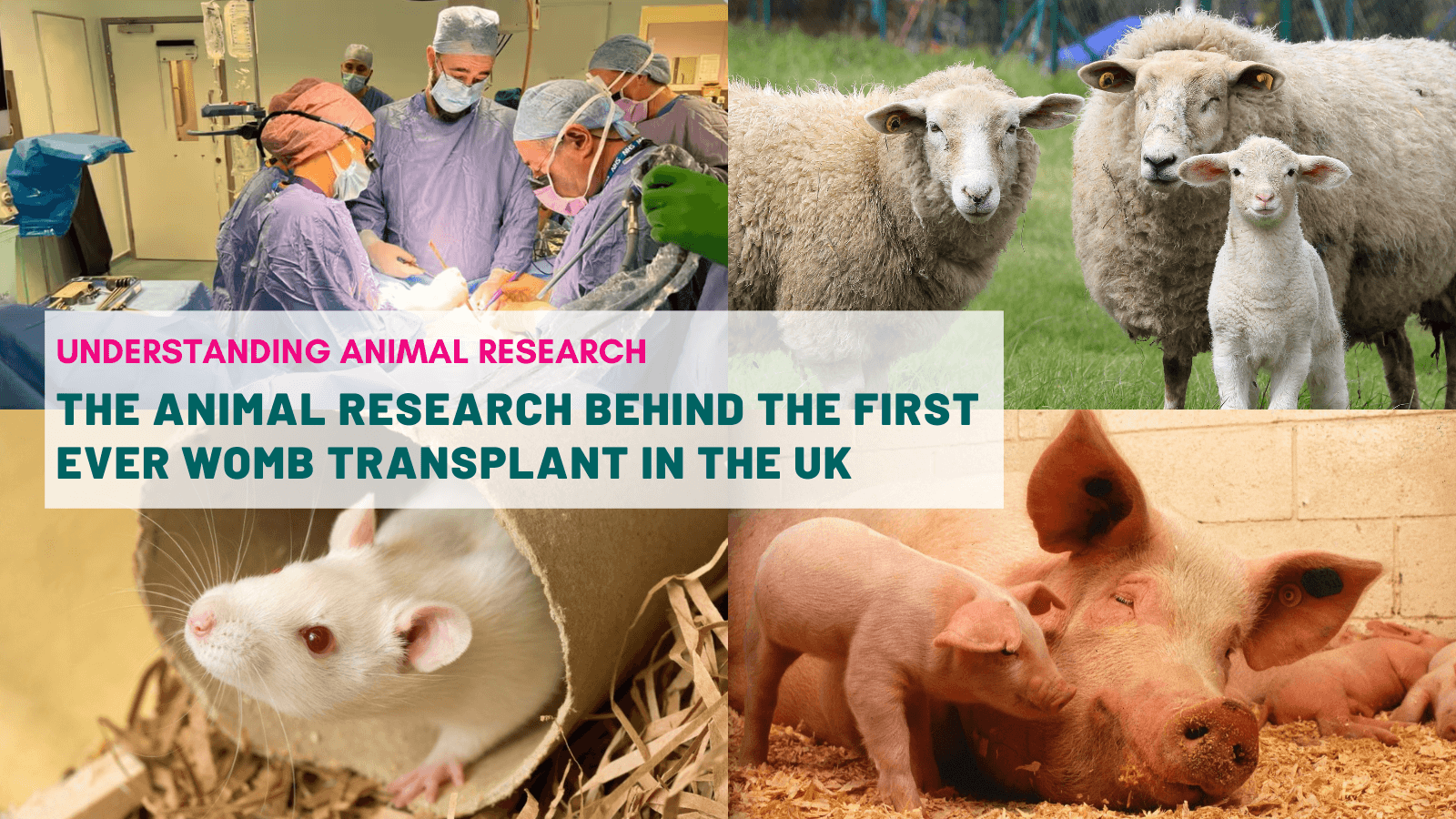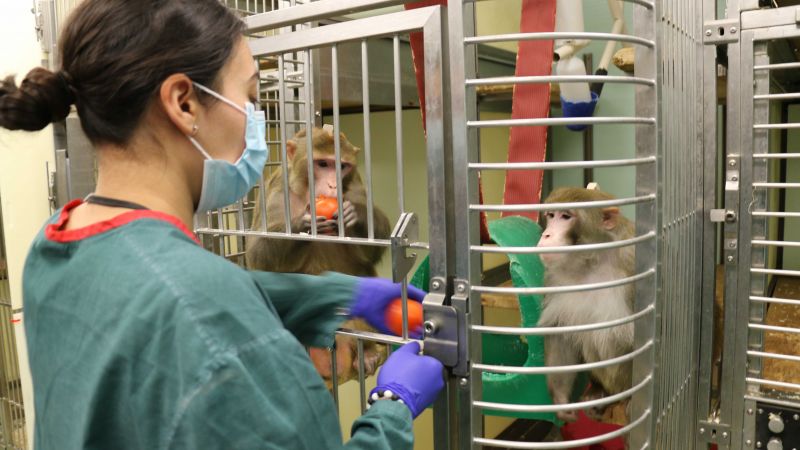
Last month, surgeons from Churchill hospital in Oxford announced the first successful womb transplant in the UK. This operation has been hailed as a fertility landmark, inching closer to the possibility for dozens of infertile women to have babies. Since the 1970s, researchers from around the world studying animals such as rats, mice, rabbits, pigs, sheep, and primates, have been working on making womb transplants a reality.
Vastly acclaimed, the first UK womb transplant was described as the dawn of a new era, offering infertile women new hope to one day be able to carry their own child.
One of many uterine transplant success stories
The 34-year-old woman whose transplant was a success after a nine-hour operation, was “over the moon” according to the medical team behind the pioneering procedure. She received a womb from her older sister who had already had 2 children. Born with a rare condition that meant that her original womb was underdeveloped, she now plans to have two children of her own using IVF, as her ovaries were intact and functioning to produce eggs and female hormones.
The transplantee will need to take immunosuppressant drugs throughout any future pregnancy to prevent her body rejecting the donor organ. The transplant is expected to last a maximum of five years before the womb is removed to avoid rejection of the organ over time.
This is not the first time a uterus swapped owners. To date, uterine transplantations have been carried out in more than 90 cases internationally over the past 10 years, including in Sweden, the US, Saudi Arabia, Turkey, China, Czech Republic, Brazil, Germany, Serbia and India, with most involving a living donor. About 50 babies have been born as a result.
Before the operation and the transplant, the team in Oxford practised the procedure on animals first, including rabbits, pigs and sheep.
Years of animal research behind this achievement
Scientists have gone a long way from the first experiments in tubal transplant to successful human transplants. Thanks to advances in sophisticated surgical techniques, microsurgical innovations, tissue preservation techniques, and a better understanding of transplantation immunity, uterus transplantation may now represent a source of hope for some women.
The first studies related to uterus transplantation date back as early as the 1960s to treat infertility. The first successful autotransplantation (the transplantation of organs from one part of the body to another in the same individual) of uterus and oviducts was achieved in 1966. That same year, Dr. Eraslan successfully operated and transplanted an autologous (from the same individual) uterus and ovaries in a dog model and achieved pregnancy.
After that, a number of animal species including rats, mice, rabbits, pigs, sheep, and primates (rhesus, cynomolgus monkeys, and baboons) were used as experimental models for basic and more applied science. Pregnancies were achieved in some of these animals. In the 1970s, successful pregnancies with transplanted tubes were demonstrated in animal models, but Fallopian autologous transplants failed in human trials, probably due to inadequate immunosuppressant agents available at that time.
The majority of the research published in the 1960s to the 1980s, involved transplantation of the entire female genital tract (ovaries, womb, cervix and upper vagina) in a range of different mammals.
Unfortunately, after the birth of the first in vitro fertilization (IVF) baby, the interest for this type of surgery quietly dwindled. It wasn’t until quite some time later that the uterine transplants became a feasible option for women. The first published human uterine transplant was achieved in 2000, but the organ had to be removed on the 99th day of transplantation. Although this attempt was unsuccessful, much was learned and it was the stimulation for extensive research to continue around the world.
Pregnancies and delivery after uterine transplants were observed in mice only around the early 2000s, and it was not until 2010 that the first allogeneic (from a different individual) transplant in rats was performed, with reports of early pregnancy results. Following successful pregnancies in animals, a research team in Gothenburg, Sweden led by surgeon Mats Brannstrom carried out a series of successful womb transplants from living donors related to the recipients starting in 2012. A new era dawned in October 2014 with the announcement of the first live birth after a uterine transplant in humans. After that several babies were born as a result of this ground breaking surgery.
From one to many uterine transplants
According to the scientists and medical team, there is still a long way to go before uterine transplants can become available to the many. The main problem remains the strong possibility of rejection and the obligatory use of immunosuppressants. However, with increased understanding of transplant immunology, which will include animal studies, they envision, in the near future, reducing immunosuppressant doses to a minimum. Moreover, with the advent of cell and tissue cultures, it would be possible to create a woman’s own uterus from her stem cells and to implant it without the use of immunosuppression.
For now, recent advances in surgery and transplant immunology have made uterus transplants a possibility as an alternative to surrogacy for women wishing to carry their own babies, and a source of hope for those with uterine infertility. A second UK womb transplant on another woman is scheduled to take place this autumn, with more patients in the preparation stages. Surgeons have approval for 10 operations involving brain-dead donors plus five using a living donor.
When asked how many UK women could benefit from womb transplants in future, the co-lead surgeon Prof Richard Smith, the clinical lead at the charity Womb Transplant UK and a consultant gynaecological surgeon at Imperial College London, told the guardian: “Realistically you’re talking maximum numbers of 20 to 30 per year on the living donor side for the foreseeable future.”.
Read more on organ transplantation and animal research.
Last edited: 2 October 2023 09:48



